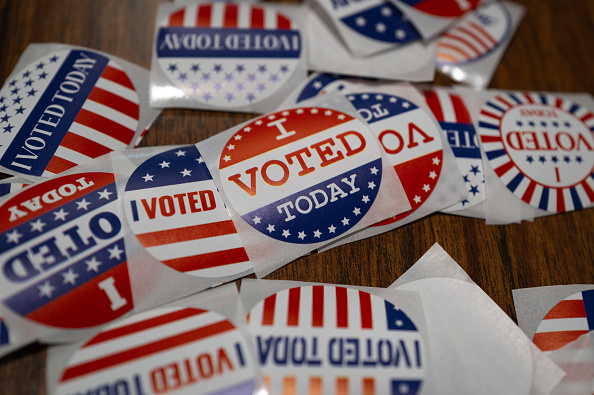Recently, American statistician and polling expert Nate Silver has raised doubts about the close support rates between two presidential candidates in opinion polls. He believes that the survey results may be influenced by “herd behavior” or manipulation of data to control the outcomes.
Silver’s election prediction model includes a database of 249 polls conducted in seven key states in this election, with most of them carried out in October or at least partially during that month. Nearly 80% (193) of these polls show a gap of within 2.5 percentage points between Harris and Trump, indicating a statistical tie.
Silver stated that the chances of having so many similar results from polls are 1 in 9.5 trillion. In his Silver Bulletin last Friday, he said, “This far exceeds what should theoretically be happening – even if the candidates were exactly tied in all seven states, which is highly unlikely.”
He pointed out that the most suspicious poll results come from Wisconsin, where out of 36 polls, 33 show a gap of 2.5 percentage points or less between Trump and Harris. The probability of such poll results theoretically occurring is 1 in 2.8 million.
Similar issues were found in polls from Pennsylvania, Arizona, Georgia, and Michigan as well.
Silver highlighted, “This is a clear example of what we call herd behavior: some polling firms tend to follow the herd by either shelving results that don’t align with the consensus or distorting their voting models until the results match the consensus.”
Silver, the founder of the American polling website FiveThirtyEight, is also known for his bestselling book “The Signal and the Noise.”
Apart from Silver, Nate Cohn, the chief political analyst at The New York Times, has also expressed concerns about potential flaws in the poll results. He believes that polling companies may still be underestimating Trump’s support as predicting his voter base proves to be very challenging.
Cohn pointed out, “White Democratic respondents are 16% more likely to respond to these final polls than white Republican respondents. This difference is larger than earlier polls this year and shows little improvement compared to the final polls of 2020, increasing the possibility of underestimating Trump in the polls.”
(This article was referenced from a report by Daily Wire)

